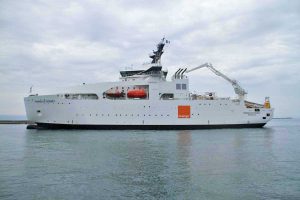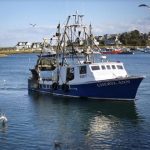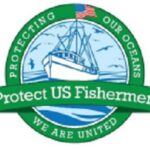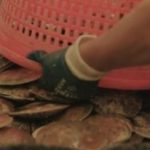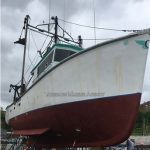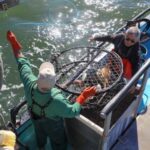Tag Archives: University of Alaska Fairbanks

Alaska’s wild salmon are getting smaller
For years, people in Alaska have been noticing that wild salmon were getting smaller, but the reasons have been unclear. In the new study, published August 19 in Nature Communications, researchers compiled and analyzed data collected over six decades (1957 to 2018) from 12.5 million fish by the Alaska Department of Fish and Game. This unprecedented dataset enabled them to see patterns of body size changes for four species of salmon, Chinook, chum, coho, and sockeye, across all regions of Alaska. The results showed that the decreases in body size are primarily due to salmon returning to their spawning grounds at younger ages than they have in the past. >click to read< 11:24
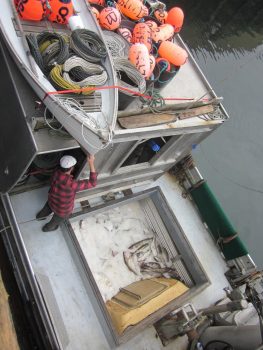
Study investigates shortcoming of ITQ systems for fisheries
Individual transferable quota systems for fisheries around the world may be ideal for some fisheries, but they can exclude rural, indigenous, low-income and next-generation fishermen from the industry, according to a new paper co-authored by a University of Alaska Fairbanks professor. “ITQs are being advocated across the board without much reflection on what individual fisheries need,” said College of Fisheries and Ocean Sciences professor Courtney Carothers. “ITQs might work well for some big industrial fisheries, but, for small-scale fisheries, they’ve had lots of negative consequences.”>click to read< 21:52
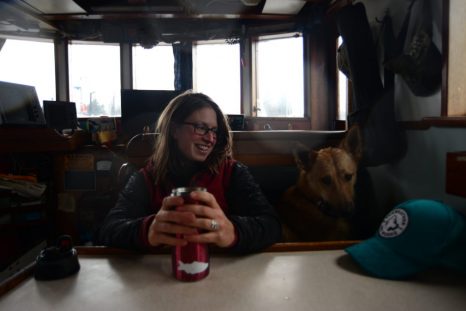
Rural Alaska losing access to fisheries, report says
The increasing costs to get into Alaska’s fisheries are making it difficult for new fishermen to break into the business — especially in rural, coastal communities. That’s according to a recent report from University of Alaska Fairbanks and Sea Grant scientists. They worry that in an industry once defined by hard work, a fishermen’s success now mainly depends on access to money. The year is 1971. America was losing the Vietnam War war. The Beatles broke up. (Bore enlisted!) The personal computer wouldn’t exist for another decade. And Jim Moore moved to Southeast Alaska to go fishing. He got in just in time. click here to read the story 15:32
What happened to all the Chinook Salmon? New research points to potential predators
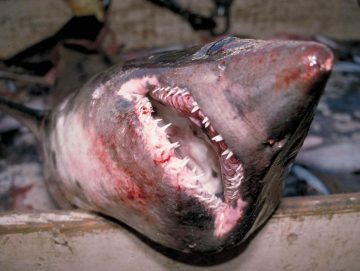 In the 1960s, king salmon were abundant in Alaska, and it stayed that way through the 90s. After the new millennium, though, Chinook numbers fell — and they’ve remained low since. “People have scratched their heads and said, ‘Where are all the kings? What happened to all the kings?’” said Andy Seitz, an associate professor at the University of Alaska Fairbanks School of Fisheries and Ocean Sciences. At a lecture in Unalaska this week, Seitz explained how his research team has studied adult Chinook in the Bering Sea for the last three years. The project relied on pop-up satellite tags, which attach to salmon and measure the water temperature, depth, and ambient light of their environment. Seitz and his team think warm-blooded salmon sharks ate the kings and their tags, and the odd data was recorded when fish were trapped in the sharks’ guts. He also said they found five instances where marine mammals and other unidentified predators could have killed Chinook. Read the story here 18:41
In the 1960s, king salmon were abundant in Alaska, and it stayed that way through the 90s. After the new millennium, though, Chinook numbers fell — and they’ve remained low since. “People have scratched their heads and said, ‘Where are all the kings? What happened to all the kings?’” said Andy Seitz, an associate professor at the University of Alaska Fairbanks School of Fisheries and Ocean Sciences. At a lecture in Unalaska this week, Seitz explained how his research team has studied adult Chinook in the Bering Sea for the last three years. The project relied on pop-up satellite tags, which attach to salmon and measure the water temperature, depth, and ambient light of their environment. Seitz and his team think warm-blooded salmon sharks ate the kings and their tags, and the odd data was recorded when fish were trapped in the sharks’ guts. He also said they found five instances where marine mammals and other unidentified predators could have killed Chinook. Read the story here 18:41
UAF Researchers Montior Gulf of Alaska and Find Waters Warmer

Alaska Maritime Workforce Development Plan Set to Begin
 The state of Alaska, the University of Alaska and representatives from Alaskan fisheries, seafood and marine industries created a plan to increase the number of in state residents working in maritime careers. The Alaska Department of Fish and Game reports the seafood industry contributing over 78,000 jobs to the Alaskan economy. Read the rest here 09:03
The state of Alaska, the University of Alaska and representatives from Alaskan fisheries, seafood and marine industries created a plan to increase the number of in state residents working in maritime careers. The Alaska Department of Fish and Game reports the seafood industry contributing over 78,000 jobs to the Alaskan economy. Read the rest here 09:03
New Bone Removing Machine Introduced – The Pinbone Wizard
 The University of Alaska Fairbanks has a new bone removal machine receiving patents. Larry Kozycki invented the Pinbone Wizard in the 1990’s. But when Kozycki died,,,“The way the machine works is the guts of the machine are a series of opposing discs that are each handed about 5 degrees and when they come together it’s almost like a pair of needle nose plyers that pulls the bone. Read more here Video here 20:49:01
The University of Alaska Fairbanks has a new bone removal machine receiving patents. Larry Kozycki invented the Pinbone Wizard in the 1990’s. But when Kozycki died,,,“The way the machine works is the guts of the machine are a series of opposing discs that are each handed about 5 degrees and when they come together it’s almost like a pair of needle nose plyers that pulls the bone. Read more here Video here 20:49:01
American Marine Ingredients turns pollock research into supplement
 In a victory for scientists researching ways to use fish parts that don’t fit on a bun, a seafood company has begun sales of vitamins using oil extracted from the pollock livers. American Marine Ingredients is selling 54 Degrees North Omega-3 with Vitamin D3, using a distillation method researched by University of Alaska Fairbanks associate professor Alex Oliveira. Read more here 08:24
In a victory for scientists researching ways to use fish parts that don’t fit on a bun, a seafood company has begun sales of vitamins using oil extracted from the pollock livers. American Marine Ingredients is selling 54 Degrees North Omega-3 with Vitamin D3, using a distillation method researched by University of Alaska Fairbanks associate professor Alex Oliveira. Read more here 08:24
University of Alaska Fairbanks new polar ocean research vessel “Sikuliaq” won’t get to Alaska until 2015
 A new polar ocean research vessel to be operated by the University of Alaska Fairbanks will remain on the Great Lakes this winter because of construction delays, the National Science Foundation announced in a news release Thursday. more@newsminer 10:02
A new polar ocean research vessel to be operated by the University of Alaska Fairbanks will remain on the Great Lakes this winter because of construction delays, the National Science Foundation announced in a news release Thursday. more@newsminer 10:02
Salt of the Sea screens for students at Murie Science Building, University of Alaska Fairbanks
The screening of the movie 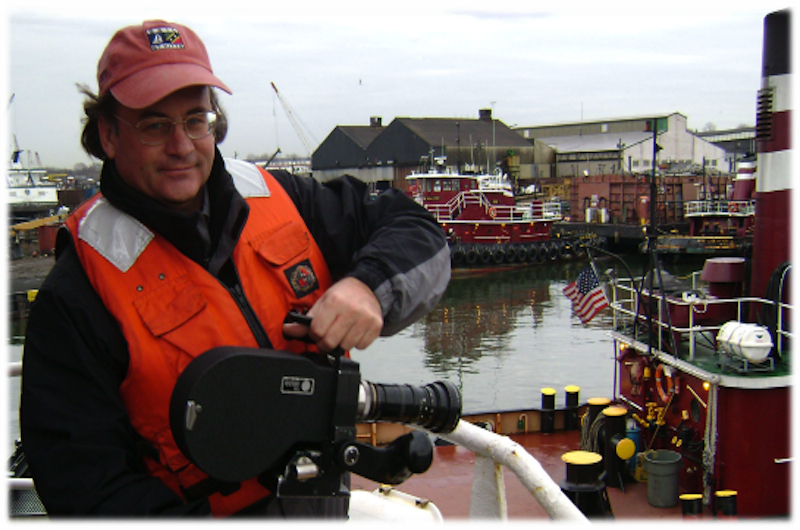 was produced and directed by filmmaker Tom Garber. “Salt of the Sea” is a story about what it takes to be a fisherman out in the open seas of New England and how governmental policies, economics and courage pushed fishermen to their limits and beyond. more@uafsunstar 23:57
was produced and directed by filmmaker Tom Garber. “Salt of the Sea” is a story about what it takes to be a fisherman out in the open seas of New England and how governmental policies, economics and courage pushed fishermen to their limits and beyond. more@uafsunstar 23:57
New Crab Study in Southeast Alaska – Fishermen’s News
Female red king crab from the Juneau area will be the subject of a study to optimize the diet of larval king crab by the Alutiiq Pride Shellfish Hatchery, University of Alaska Fairbanks, and Oregon State University.
http://fnonlinenews.blogspot.com/2012/10/new-crab-study-in-southeast-alaska.html






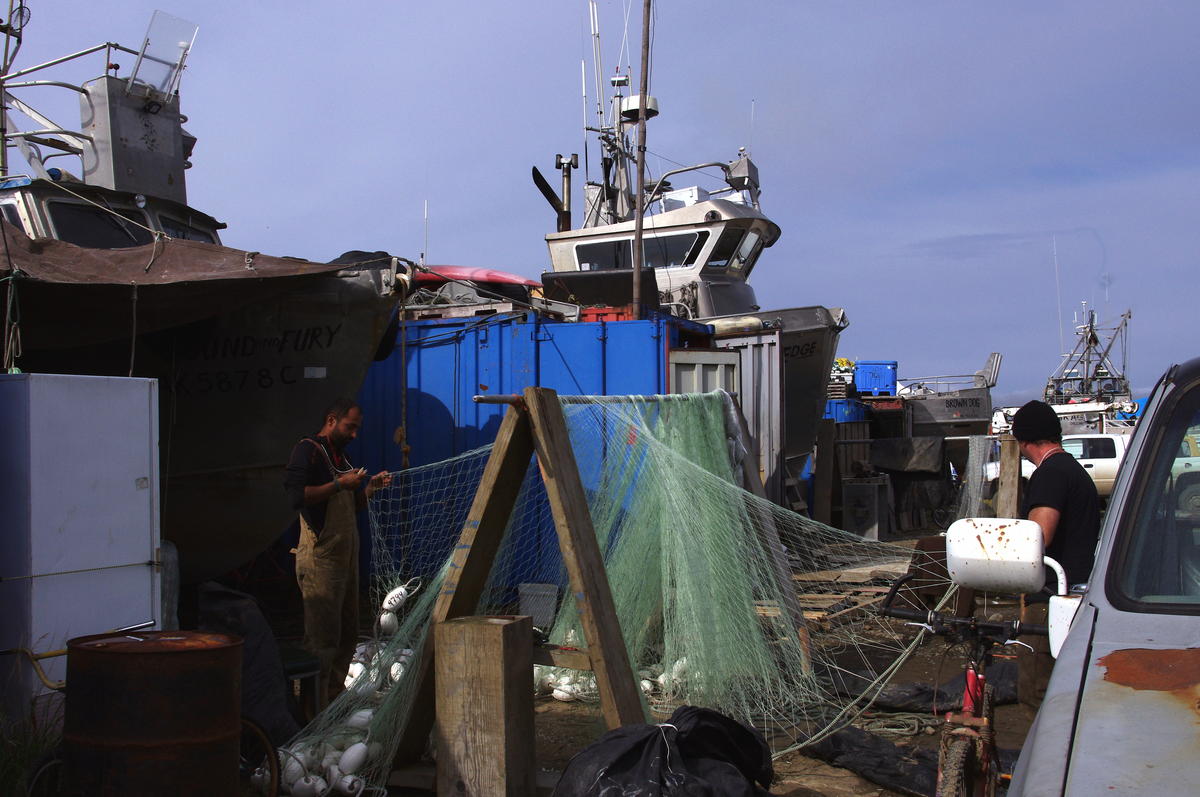 A group of researchers is trying to figure out what draws people to the Bristol Bay fishery and what new entrants need to get involved. For students in the region, they’re finding that it’s often all about family. Coleman has also been interviewing fishermen in those same communities, greenhorns and old hands alike, to find out why they put a net in the water – and what makes it possible for them to do so. Most of her work so far has focused on people who live in the region.
A group of researchers is trying to figure out what draws people to the Bristol Bay fishery and what new entrants need to get involved. For students in the region, they’re finding that it’s often all about family. Coleman has also been interviewing fishermen in those same communities, greenhorns and old hands alike, to find out why they put a net in the water – and what makes it possible for them to do so. Most of her work so far has focused on people who live in the region. 


























